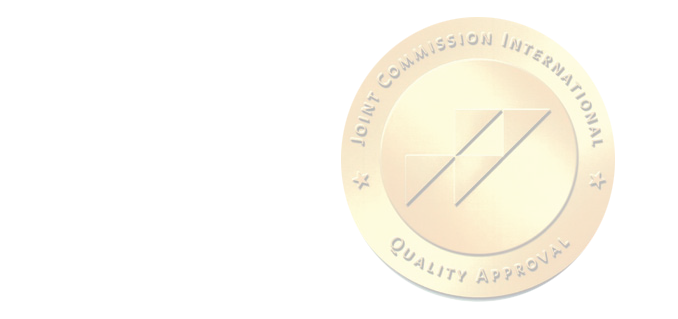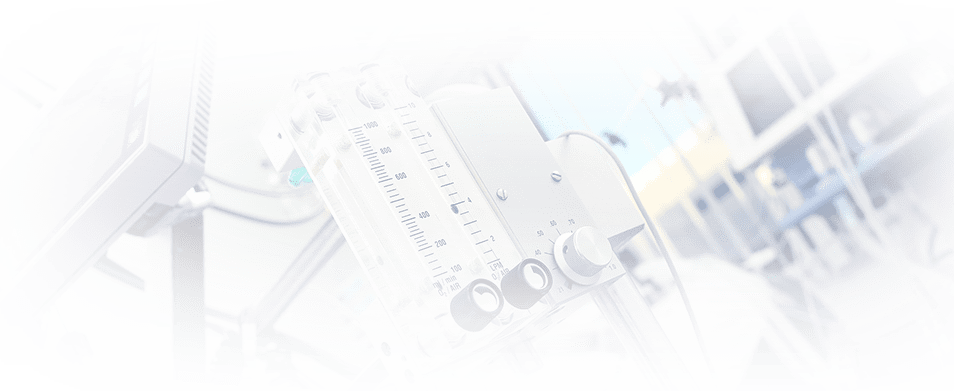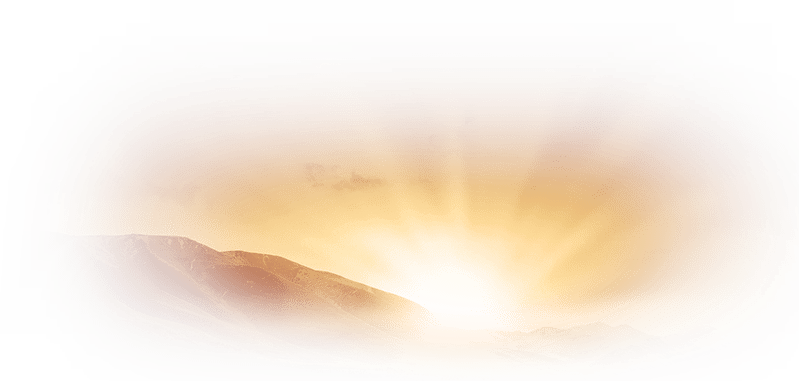Bone scintigraphy
Bone scintigraphy is one of the most common tests in the area of radioactive medicine.
General information
The purpose of bone scintigraphy is to examine bones to determine whether there are any pathological processes. This test can be used to identify areas in the bones where bone building or breakdown processes are taking place. Moreover, it helps to identify areas with pathological conditions such as: fractures, inflammation, atrophy and various tumours. Main objectives of this examination are to diagnose the cause of bone pain, monitor bone infections, detect bone metastases in cancer patients and detect traumatic processes (fractures, cracks, etc.).
When is bone scintigraphy indicated?
- Bone pain for no visible reason;
- Fractures and cracks;
- Bone metastases - spread of a cancerous tumour to areas distant from the original tumour;
- Some tumours metastasise to bones, for example: prostate cancer, lung cancer, breast cancer and thyroid cancer. These patients undergo regular bone scintigraphy to detect bone metastases.
- Microbial inflammatory processes in bones.
Advantages and disadvantages
The main advantage of bone scintigraphy is the ability to detect abnormal bone processes at an early stage, long before they appear on X-rays. In addition, this examination allows all bones in the body to be scanned quickly and with a minimum effort. The main disadvantage of this examination is the fact that it is not sufficient for a conclusive diagnosis. Even if there are some changes in someone's bones, further testing is required to find out the cause. The final diagnosis is determined by using X-rays, CT scans, biopsies, MRI scans or signs and symptoms reported by the patient.
Procedure preparation
Bone scintigraphy does not require any special preparation. It is not necessary to arrive on an empty stomach and it is possible to take all regular medications as usual.
- Generally, radiation screenings are not recommended during pregnancy. If you are pregnant or there is a possibility that you may be pregnant, you should inform your doctor or institute technician before giving the injection.
- There are no contraindications for patients suffering from diabetes, heart disease, hypertension or any other significant illness.
- Allergies to medications and substances used in nuclear medicine are considered safe compared to most other medications, and the percentage of side effects is very low. Iodine allergy is not considered a contraindication for scintigraphy. In any case, if you suffer from an allergy to any substance or preparation, you should inform your doctor or technician before receiving the injection.
Procedure process
Bone scintigraphy begins with an intravenous injection of a small amount of a radioactive substance called Technetium-99m-MDP. After intravenous injection, there is immediate uptake into the bones of the molecule that contains the nuclear marker. It will be two - four hours before a sufficient amount will be absorbed. At this time it is important to drink 4-6 glasses of hot or cold drink slowly to get rid of the excess substance that has not been absorbed into the bones. It is possible to eat and leave our clinic while waiting. After two hours, a gamma camera scan is performed.
Before entering the X-ray room, it is necessary to empty your bladder. It is important to do this even if you do not feel the urge, as a partially full bladder prevents scanning. In the examination room you should remove all metal objects, such as belt buckles, chains, coins, keys and so on. There is no need to undress. The duration of the examination can be between 15 and 60 minutes. You must follow the technicians' instructions to get accurate results. When the examination is completed, you should wait until there is a need for more scans.
After the procedure
It is allowed to come into contact with other people after the injection, as the radiation from the body is minimal and poses no danger to the patient or other people around him/her. If you are breastfeeding your baby, you will have to stop feeding for 24 hours. The milk should preferably be decanted and discarded. After 24 hours, you can safely return to feeding.
Radiation
The radiation from the injected substance is very low. No change in well-being is expected and long-term effects are unlikely. This radioactive material is decomposed and eliminated from the body through the urine. Nuclear medicine cameras do not emit radiation, but absorb it from the substance being injected into the body. Thus, the number or duration of the shots is not related to the amount of radiation exposure.
Advantages of JSC "Medicina"
Each patient at our clinic is guaranteed with accuracy, quality and efficiency of bone scintigraphy. Why should you come to us for testing?
- The scintigraphy machine installed at JSC "Medicina" allows patients of all ages and body types to undergo this procedure.
- Our equipment is of open type, which ensures the safety of claustrophobic patients.
- Modern equipment makes it possible to visualise large areas and obtain high quality scanning results. And the images are generated at high speed.
- The procedure takes place with complete assurance of emotional calm, especially if the examination is scheduled for a child.
Our convenient location in the Central Administrative District of Moscow (CAD) - 2nd Tverskoy-Yamskoy Lane, 10 - allows you to quickly get to the clinic from several metro stations: "Mayakovskaya", "Novoslobodskaya", "Tverskaya", "Chekhovskaya" and "Belorusskay




